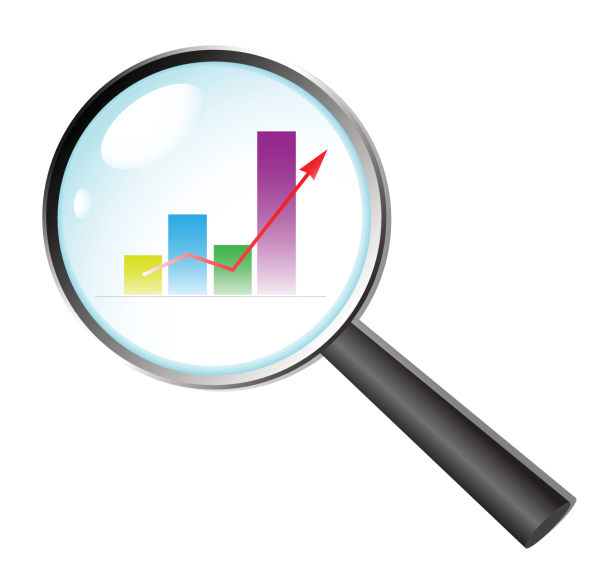By Mark Sullivan
To gauge the effectiveness of your marketing investment, you’re probably already tracking Marketing Qualified Leads, Sales Qualified Leads, Social Interactions, and detailing all of these within your company’s custom Purchase Funnel—right?
Of course you’re not. And that’s OK. Most of us don’t have the time to do that.
After all, you need to focus on running your business. You do, however, want to know if the money you’re spending on advertising is delivering enough new business to justify the investment. Don’t be fooled by all the new marketing metrics out there. You don’t need to analyze “likes,” “tweets,” and “shares”. You need to know, for example, that X is what I count as a solid lead, and here’s what I’m paying for X.
In that light, here are the three key performance indicators (KPIs) that will help provide real visibility into your marketing efforts.
Lead Acquisition Cost (LAC)
Lead Acquisition Cost is a direct correlation between your marketing efforts and the results of those efforts. Regardless of the where you’re advertising, you can still measure a direct return back to your investment. You can measure LAC easily, regardless of campaign, be it social media, search marketing—even a simple print ad.
LAC does not focus on a “click” or a “like”, but an actual customer engaging with your business. Similar to Cost Per Lead (CPL) or Price Per Lead (PPL), it’s basically a calculation and qualification of the amount paid for each lead, of any form, that a business receives.
Here’s how it’s calculated:
Take the cost of all investments in your lead-generating campaigns and divide that cost by the new leads acquired during a fixed amount of time. It really is that simple.
Lead Sources
While knowing how much you have spent so far in your marketing efforts is easy, how you identify the best performing sources of the leads is difficult. That’s where lead attribution comes in. Lead attribution is the use of technology to give you a clear line of sight from investment to lead generated, which tells you exactly what your highest performing lead sources are.
So what types of technology can help you uncover different lead sources? One particular tool is call analytics, which uses call tracking numbers assigned to a specific keyword, advertisement, or other campaign to show how a customer originally connected with your business. This enables you to measure the specific impact of each marketing effort. Since these phone numbers can be assigned and inserted into a marketing campaign anywhere, you can begin tracking your phone calls back to different lead sources.
There are other tools available but getting a handle on what’s making your phone ring is the best way to digging into your highest performing lead sources.
First Time Callers
If your business gets new leads over the phone, first time callers are a particularly useful metric. It separates out traffic that would already be going to your business and gives you an idea of how many new customers are resulting from your efforts. There is a false assumption that existing customers will not click on advertising such as a search ad. In fact, if they are looking for the number of their favorite business, callers will often click on the quickest source to that number. Separating out first-time callers is critical to identifying legitimate leads versus repeat business.
To separate out first time callers, a feature known as “call tagging” is useful. You’re probably familiar with an interactive voice response (IVR) phone system that prompts a caller to “press 1 for sales,” “press 2 for customer support,” etc. Through the latest call analytics platforms, a caller’s selections can be tagged to build data on how many calls are received by category. For example, a caller to a doctor’s office could “press 1 for new patients,” “press 2 to check on an existing appointment.” Even if the caller is directed to the same extension in both cases, the call can still be tagged to record the caller’s intent.
The result is that someone calling as a result of an ad campaign, which we know because the caller dialed a number associated with the campaign, has now been filtered even further. In the example above, this helps separate out existing patients from those who are genuinely new to the business.
With call analytics, you can define any criteria you wish in order to separate out first time callers. You could filter by day/week/month to identify seasonality trends in your new business, or separate out a specific type of new customer that you consider the most valuable.
Get Started Measuring Your LAC, Lead Sources, & First Time Callers
The key in using a marketing analytics system to measure first-time callers, attribute leads to campaigns, and ultimately determine your lead acquisition costs is to find a system with an intuitive “dashboard” that can help you filter these metrics quickly and easily. The dashboard is the interface you will use to slice and dice your lead data, and it should be simple enough to use that you can set up your own call analytics without paying high fees to someone else to do it for you.
Once you can gain perspective on your own LAC and Lead Sources, you can start to eliminate marketing efforts that are not generating enough return on your investment. Once you focus on the initiatives that produce real bang for your buck, you’ll stop looking at your marketing budget and asking, “What the heck am I spending all this money on?!!”
Mark Sullivan is Director of Analytics for CallRail. He is passionate about arming small business owners and agencies with the right tools to create exceptional sales success in an extremely tough and often fragmented online environment. Follow at @CallRail.







